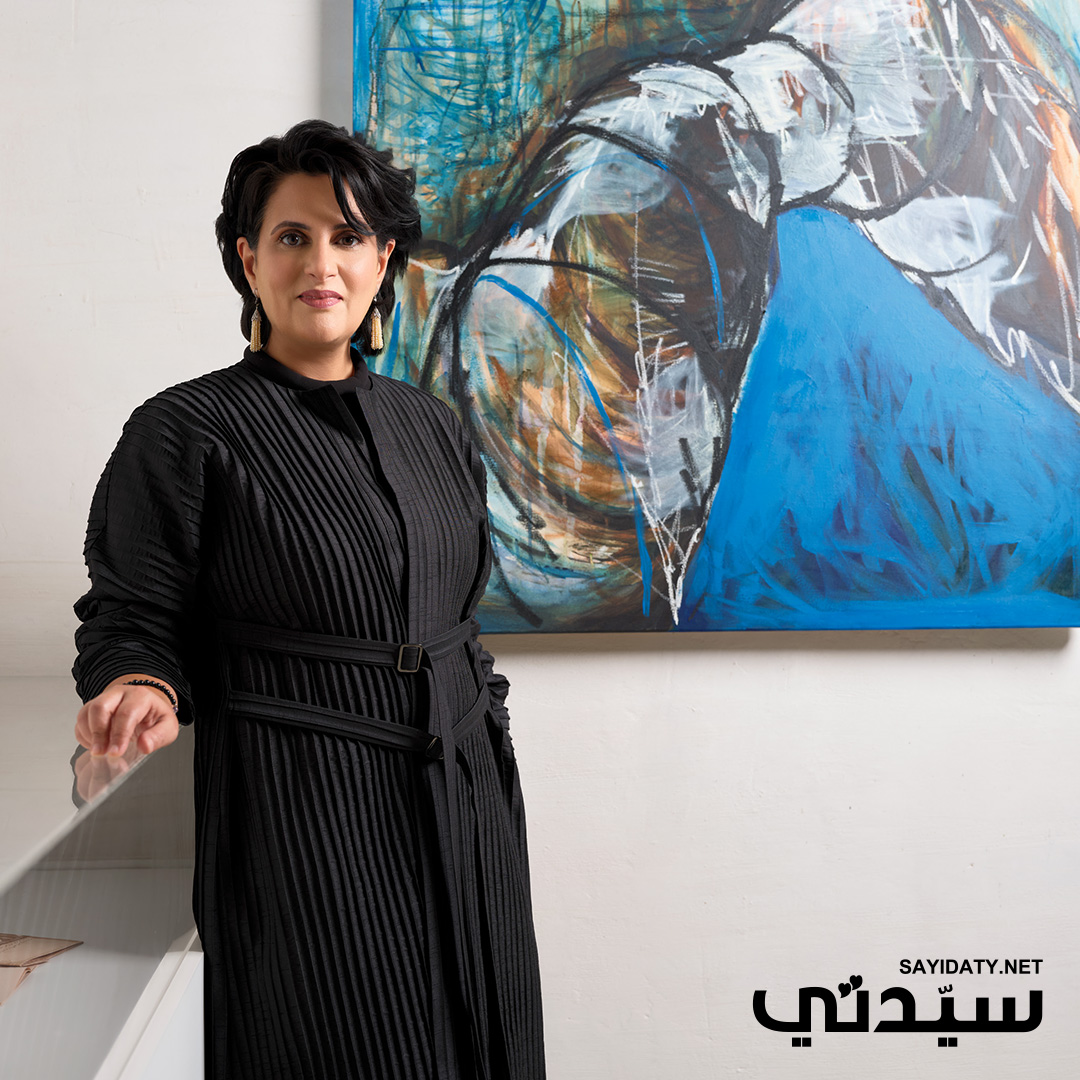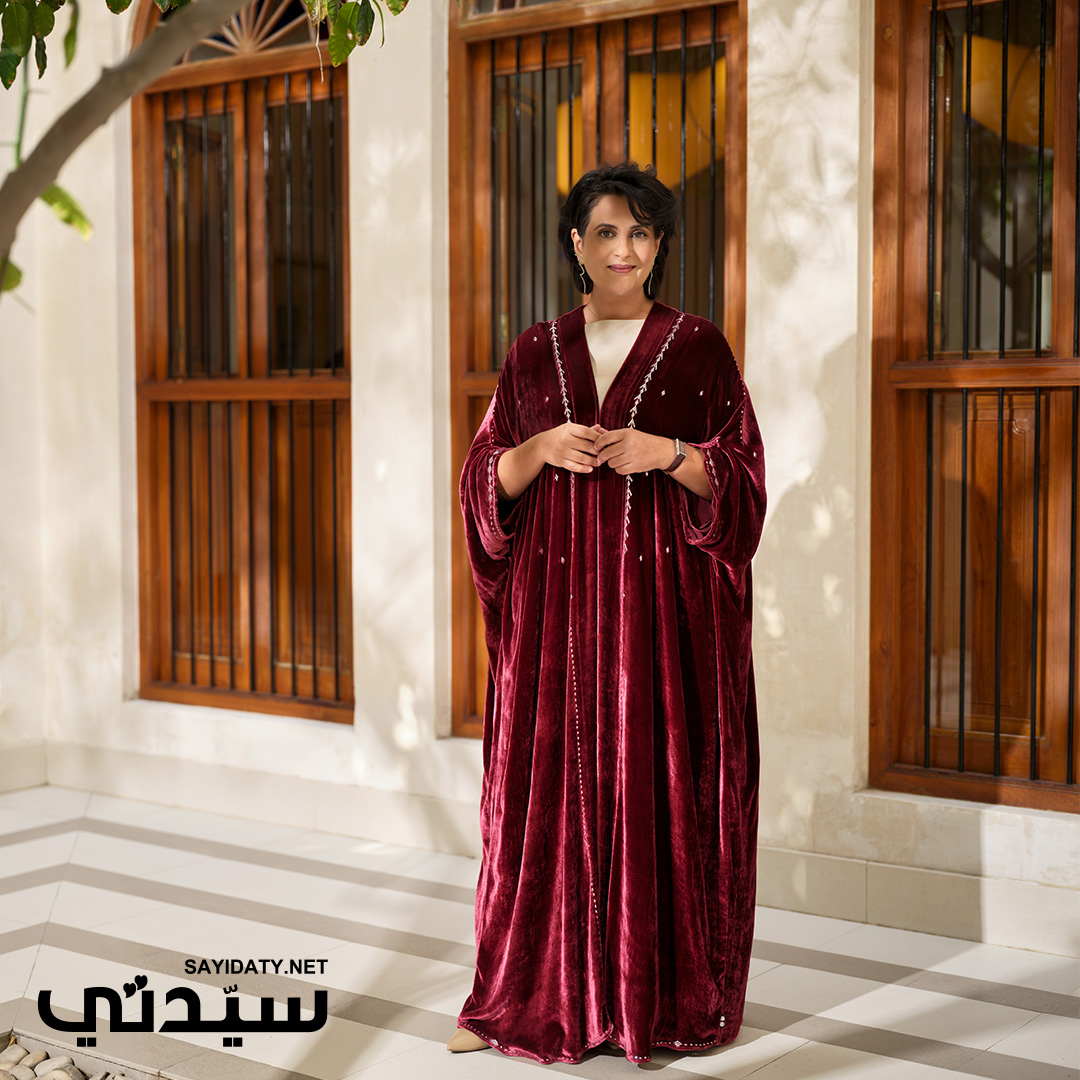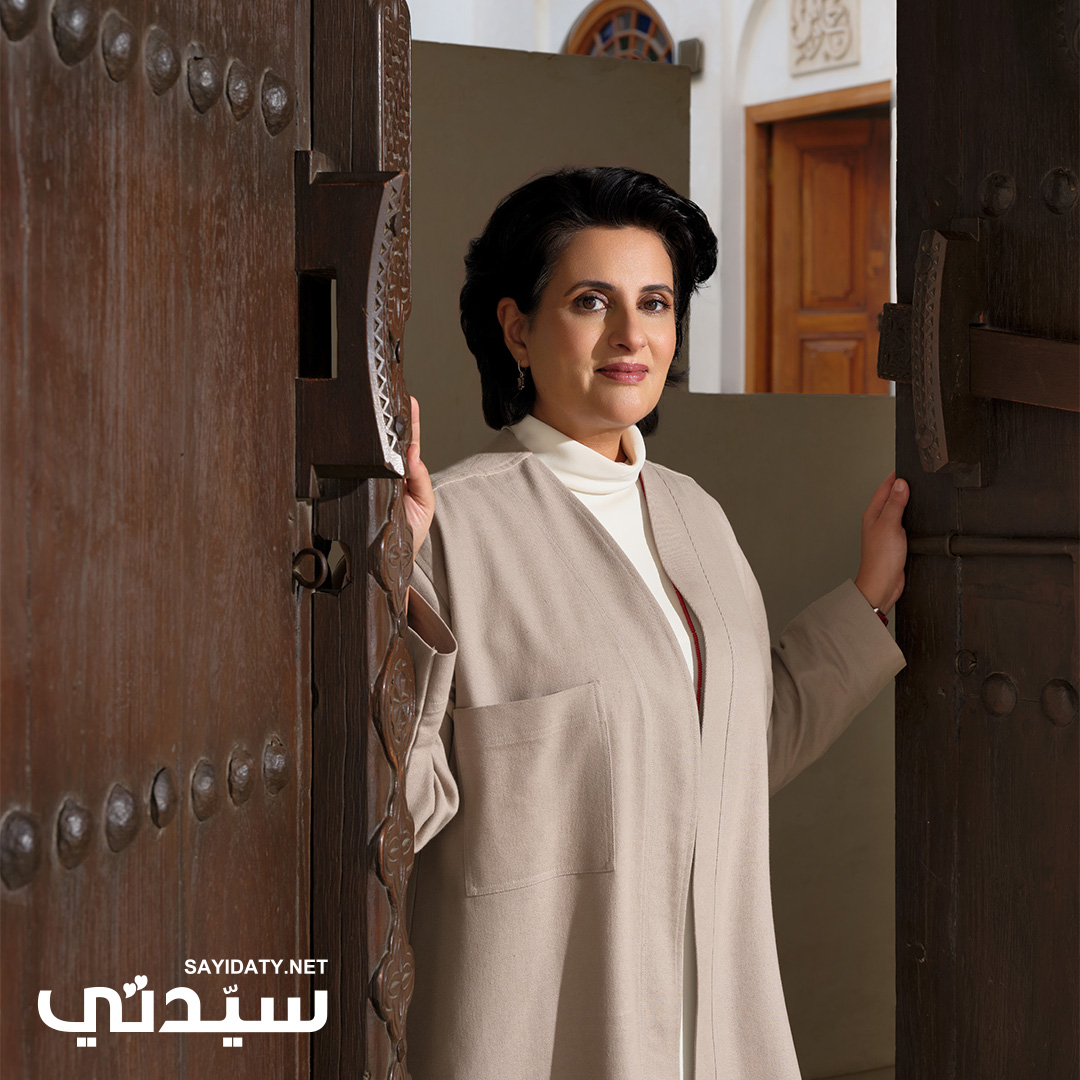Arab News writers share their favorite destinations to spark your wanderlust.
ICELAND
I had an inexplicable affinity to Iceland before I’d ever visited (how is there not a word for that?). And when I did visit, it exceeded all my expectations. Despite its harsh terrain, it’s the most picturesque country I’ve ever seen, and unlike any other I’ve experienced. And despite the geographic isolation and extreme winters, Icelanders are among the friendliest, warmest and most progressive people I have met. Iceland’s size means one can stay in the capital and easily visit the country’s many attractions. Despite all the odds, this land of volcanoes and glaciers has spawned one of the most egalitarian, eco-friendly and happy societies in the world. And if all that was not enough, its people and government are supporters of the Palestinian cause! It’s odd that I, as a foreigner, would feel pride in Iceland’s achievements, but such is my love for this country, which I plan to visit for the third time this year.
Sharif Nashashibi
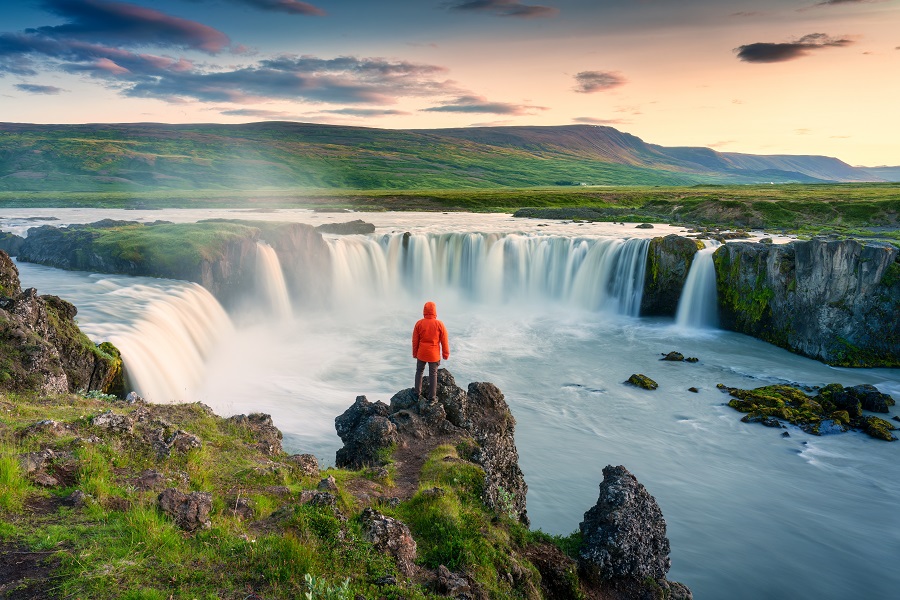
The Godafoss waterfall in Iceland. (Shutterstock)
FLORENCE
It sounds cartoonish, but I stopped dead in my tracks the first time I saw Florence’s Cathedral of Santa Maria del Fiore. Seeing the glittering marble façade of what was the largest church in the world when it was consecrated in 1436 remains one of my all-time travel highlights. Florence, home to Michaelangelo’s “David” and Botticelli’s “Birth of Venus,” is a maze of Renaissance ingenuity and perfect for anyone who fancies fueling their cultural awakening with mounds of gelato. The city is so full of art history that I stumbled across Botticelli’s grave by accident in the quiet Franciscan church Chiesa di San Salvatore di Ognissanti. I’m not even sure I was supposed to be in there — I was the only visitor. That experience is emblematic of Florence, a city where you’ll discover masters and masterpieces in the most unexpected of places.
Saffiya Ansari

Florence is the capital of Italy’s Tuscany region. (Shutterstock)
MARBELLA
Marbella, on Spain’s stunning Costa del Sol, is known for its upscale resorts, elite social scene, and gorgeous Mediterranean beaches. Stroll through the charming Old Town, with its narrow cobblestone streets, whitewashed buildings, and delightful plazas. Be sure to visit the iconic Orange Square, with its stunning Baroque architecture and lovely central fountain. Stop for tapas at one of the many lively restaurants and bars. Browse the high-end boutiques and galleries that line the Golden Mile, Marbella’s ritzy commercial district. For outdoor adventures, head to Río Verde, a scenic nature reserve perfect for hiking, birdwatching, and exploring. Or spend a day relaxing on the soft sandy beaches, taking a dip in the azure waters, and soaking up the Andalusian sun. In the evenings, Marbella truly comes alive. You can dance the night away at one of its renowned nightlife spots, or eat at a Michelin-starred restaurant. Or both. Marbella is the chic Spanish escape.
Rahaf Jambi
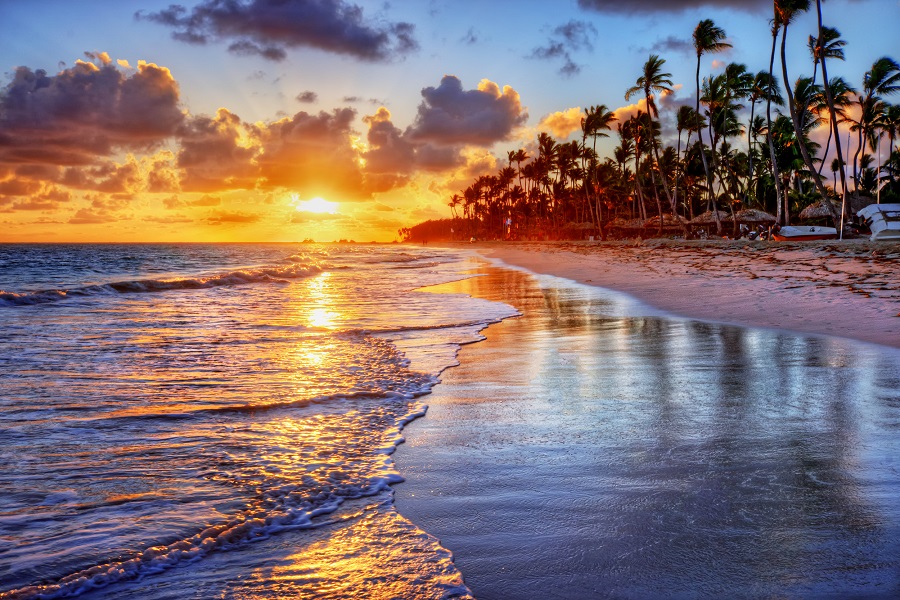
The resort area lies on southern Spain’s Costa del Sol, part of the Andalusia region. (Shutterstock)
EDINBURGH
Scotland’s capital is a memorable mix of history, stunning architecture, rich culture, breathtaking natural scenery, and warm people. The Old Town boasts an array of medieval castles and Victorian tenements, and houses the famous Royal Mile leading to the majestic Edinburgh Castle, perched high on its rocky crag and framed by the serene Princes Street Gardens. Don’t miss curved Victoria Street with its colorful, multi-story buildings — home to cozy cafés and quirky stores, including a beloved Harry Potter shop. Just minutes away is Arthur’s Seat, an ancient volcano with 360-degree city views. Nearby, discover Dr. Neil’s Garden, a hidden gem with diverse herbs and plants by a serene river. Edinburgh truly feels like a place out of a fantasy book — fitting for a country whose national animal is the unicorn.
Sherouk Maher
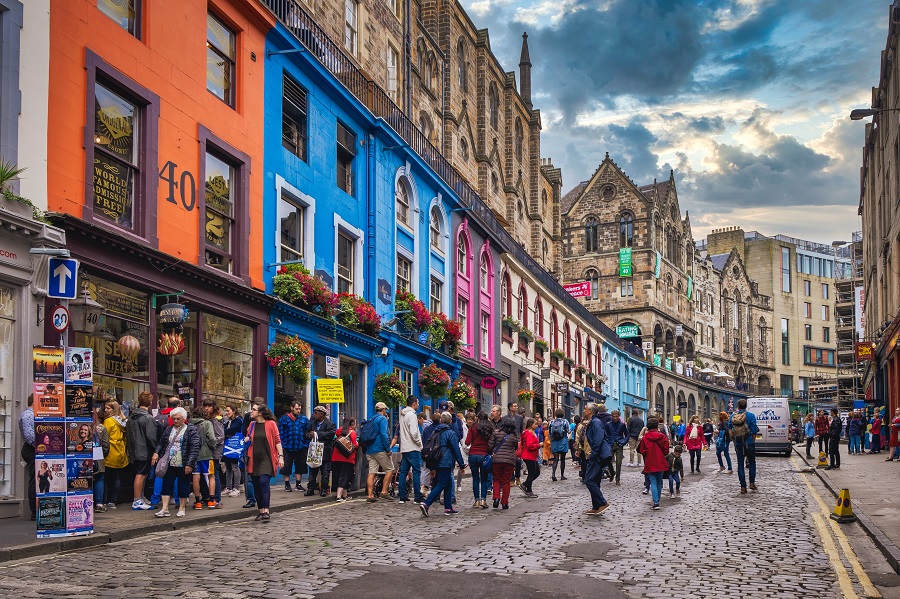
Don’t miss curved Victoria Street with its colorful, multi-story buildings. (Shutterstock)
HONG KONG
Going to a bucket-list country can be like meeting your idols — somewhat of a letdown as you discover their many flaws. But when I looked out of my Hong Kong hotel room window and saw the runway of the former airport that planes would thread their way through the skyscrapers to reach, it sent shivers down my spine. The city’s skyline is spectacular, whether seen looking up from the Star Ferry as it crosses the vibrant bay, or down from The Peak, the iconic towers standing tall in the foreground, nestled among the refreshing greenery of the city’s parks. There’s so much to see that it’s exhausting — but that’s OK, because this is also a foodie’s paradise. And as you sit in one of the many dumpling restaurants, or tuck into a bowl of noodles, you can be planning where next to indulge yourself as you discover just how much more the city has to offer.
Peter Harrison
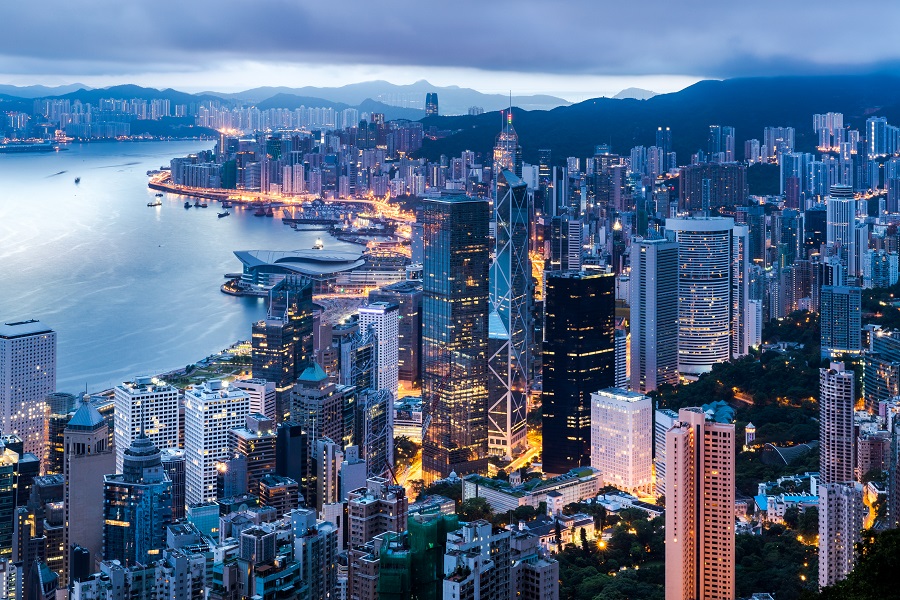
Hong Kong is one of the most densely populated territories in the world. (Shutterstock)
BUDAPEST
Sitting pretty on both banks of the majestic Danube River, Hungary’s capital (comprising Buda and Pest) showcases the best of what Central Europe can offer, whether you’re looking for history, culture, food, or nightlife. Littered with UNESCO World Heritage Sites (Buda Castle Quarter, Andrassy Avenue and Danube River Panorama) as far as the eye can see, the city provides a portal into the past with its towering castles, museums and galleries, ruin bars and healing thermal baths that date back centuries. (No trip here is complete without ‘taking the waters’ at the Szechenyi Thermal Bath, built in 1913.)
But don’t let the gothic and Art Nouveau architecture fool you. Budapest is more than the sum of its historic parts and will surprise you with its sophisticated modern touches: from Michelin-starred restaurants and trendy cafés to sleek spas and up-and-coming design stories.
Shyama Krishna Kumar
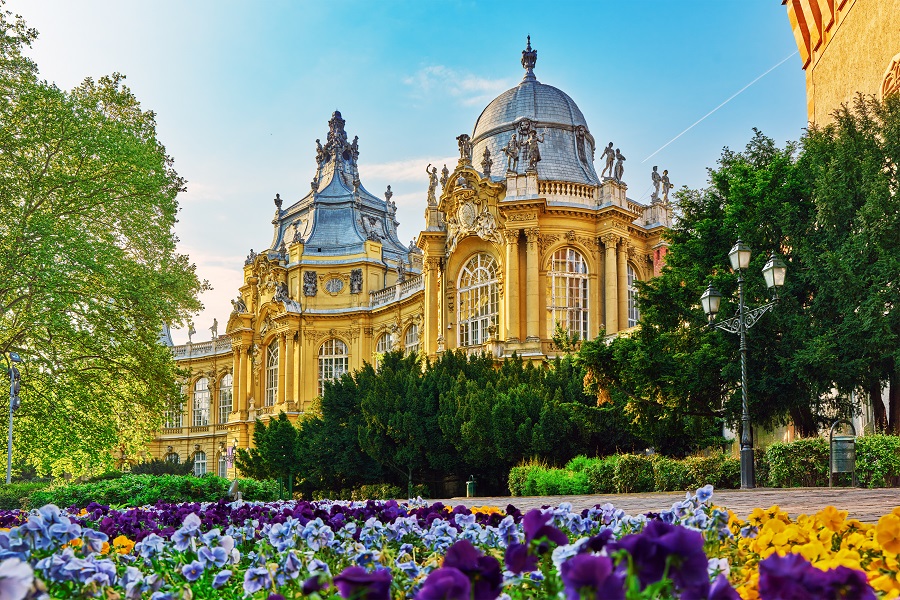
Hungary’s capital (comprising Buda and Pest) showcases the best of what Central Europe can offer. (Shutterstock)
NEW YORK
Very few cities can put all five senses into overdrive. New York tops the list. The archetypal melting pot, the city where you can find anything you need or want. Let’s start with standard New York fare: bagels. Every New Yorker swears by “their guy,” and who am I to judge? (But clearly Russ & Daughters’ Everything Bagel with Lox and Veggie Cream Cheese is the best — soft and chewy with bits of crunchy vegetables that make your tongue tingle with excitement.) Grab your bagel and make straight for the High Line, one of my favorite walks ever. It takes you through the Meatpacking district to Chelsea and on to the otherworldly Vessel in Hudson Yards. Lush with greenery and solely pedestrian, it’s a welcome oasis from the insanity of the traffic. As is Washington Square Park — featured in at least one scene of every NYC-based film. This small plot has a wildly diverse array of people. From a man with a typewriter claiming to be scripting the next “Schindler’s List” to a guy offering free hugs. It makes for ideal people watching in the original concrete jungle.
Tarek Ali Ahmad
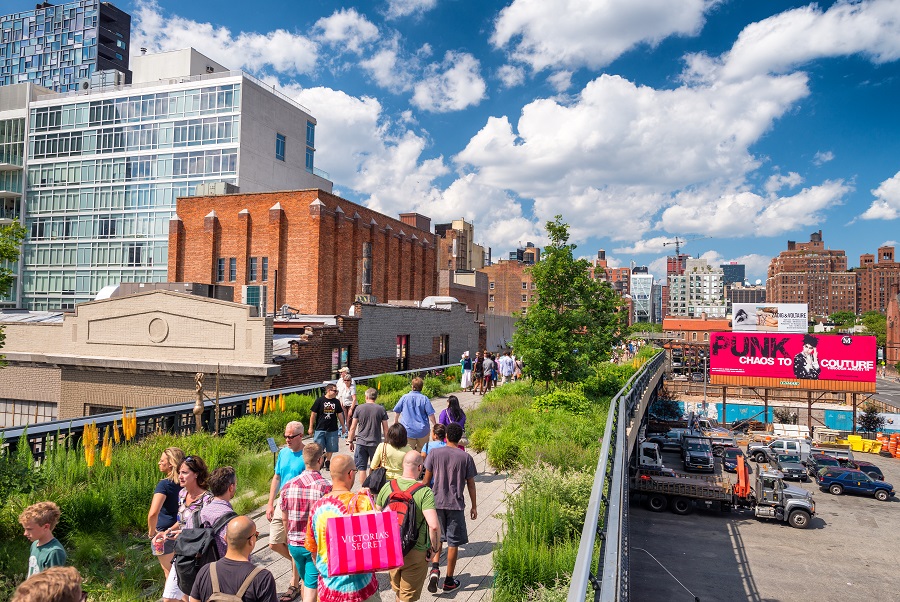
The High Line takes you through the Meatpacking district to Chelsea. (Shutterstock)
OXFORD
From the grandeur of the historic Bodleian Library (the location of several “Harry Potter” scenes) to the architectural masterpiece that is the Radcliffe Camera, England’s famous university city is a treasure trove of ancient wonders. As you wander the cobbled streets, you’ll stumble across hidden gems such as the History of Science Museum, which houses a blackboard preserved from a lecture by Albert Einstein in 1931. You can also visit Edmond Halley’s enchanting house, where, in 1682, he made his groundbreaking discovery of the famous comet that now bears his name. With its picturesque parks and gardens, charming cafés, and bustling marketplaces, Oxford is a city that stimulates the mind and nourishes the soul.
Ghadi Joudah
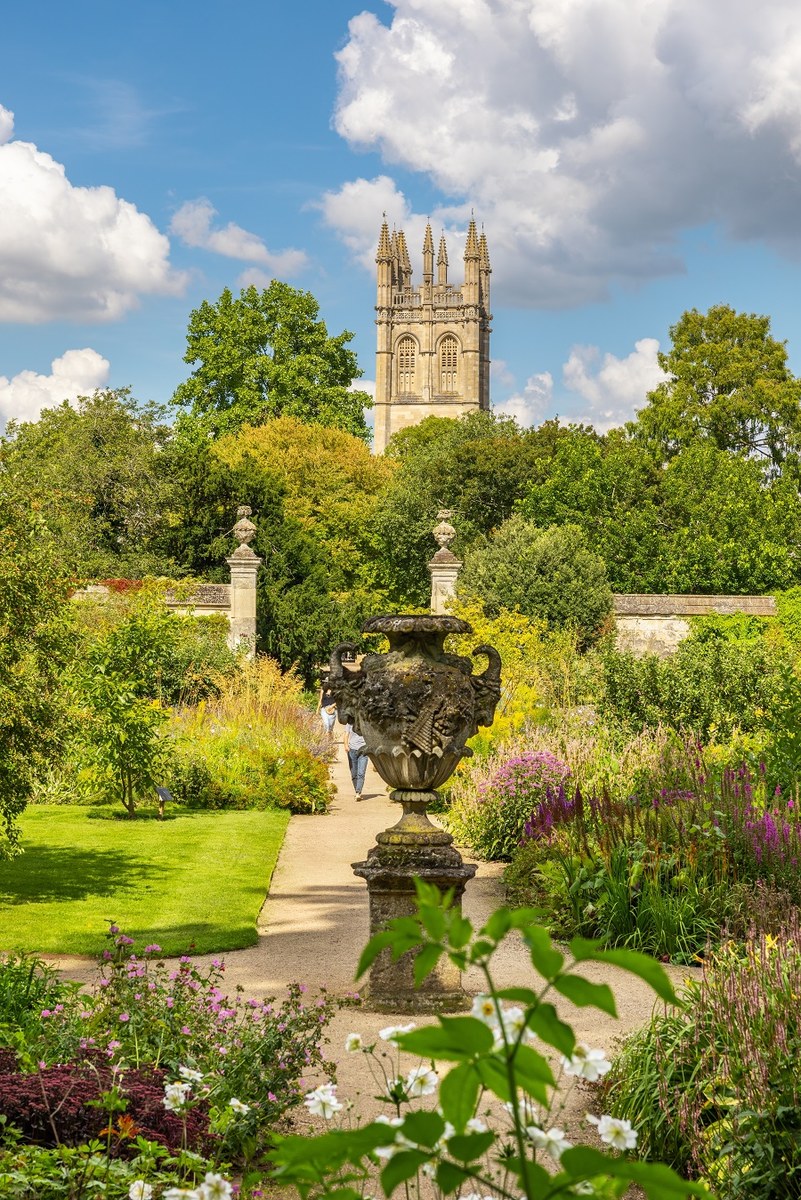
England’s famous university city is a treasure trove of ancient wonders. (Supplied)
TOKYO
At first, Tokyo can be an overwhelming assault on all of your senses — the vivid colors, the wild mix of smells from the street food, the sheer number of people, the noise, the general speed of it all… But you soon realize that this is a benign chaos, offering you the chance to experience so much in so little time. And the shock of Tokyo’s hyper-modern environment is countered by both its rich history, and by the hospitality, grace and kindness of its people. We felt so welcomed by so many Tokyo residents, who went out of their way to help us navigate the city and make the most of our time there — whether recommending one of the many odd-but-wonderful stores, or the most fantastic noodle houses slightly off the beaten track, or some of the city’s many serene areas of greenery where it’s easy to forget you’re in one of the busiest cities on Earth. Before long, Tokyo felt like home.
Adam Grundey
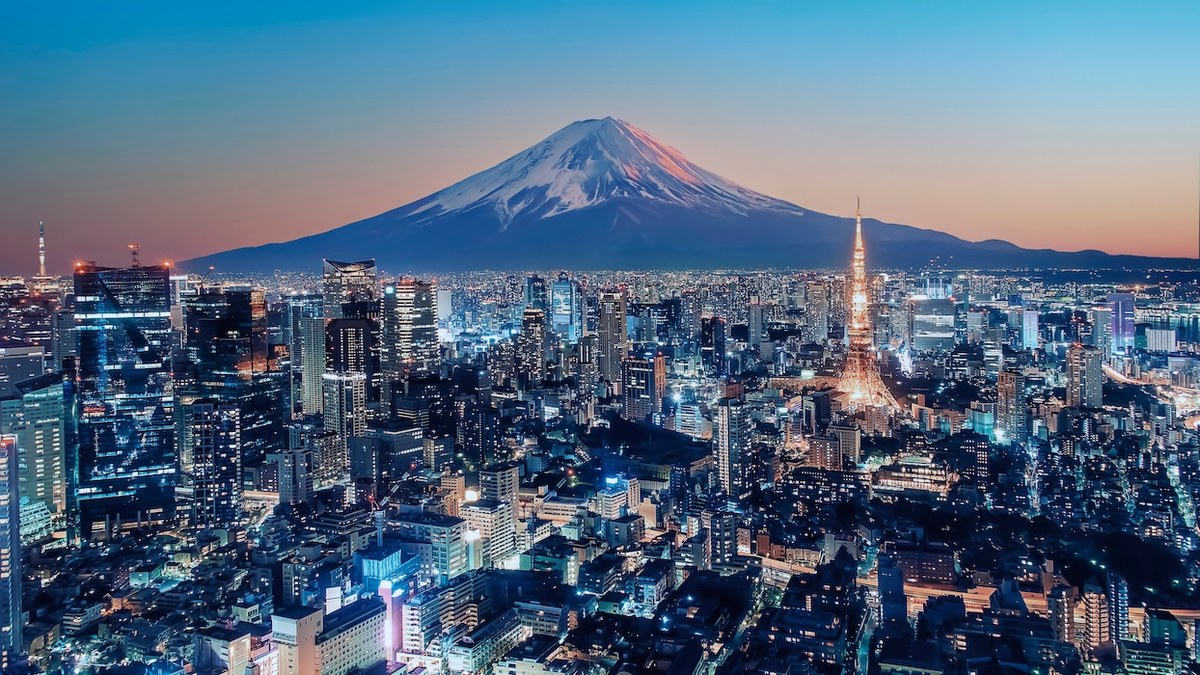
Beyond its benign chaos, Tokyo offers you the chance to experience so much in so little time. (Shutterstock)






